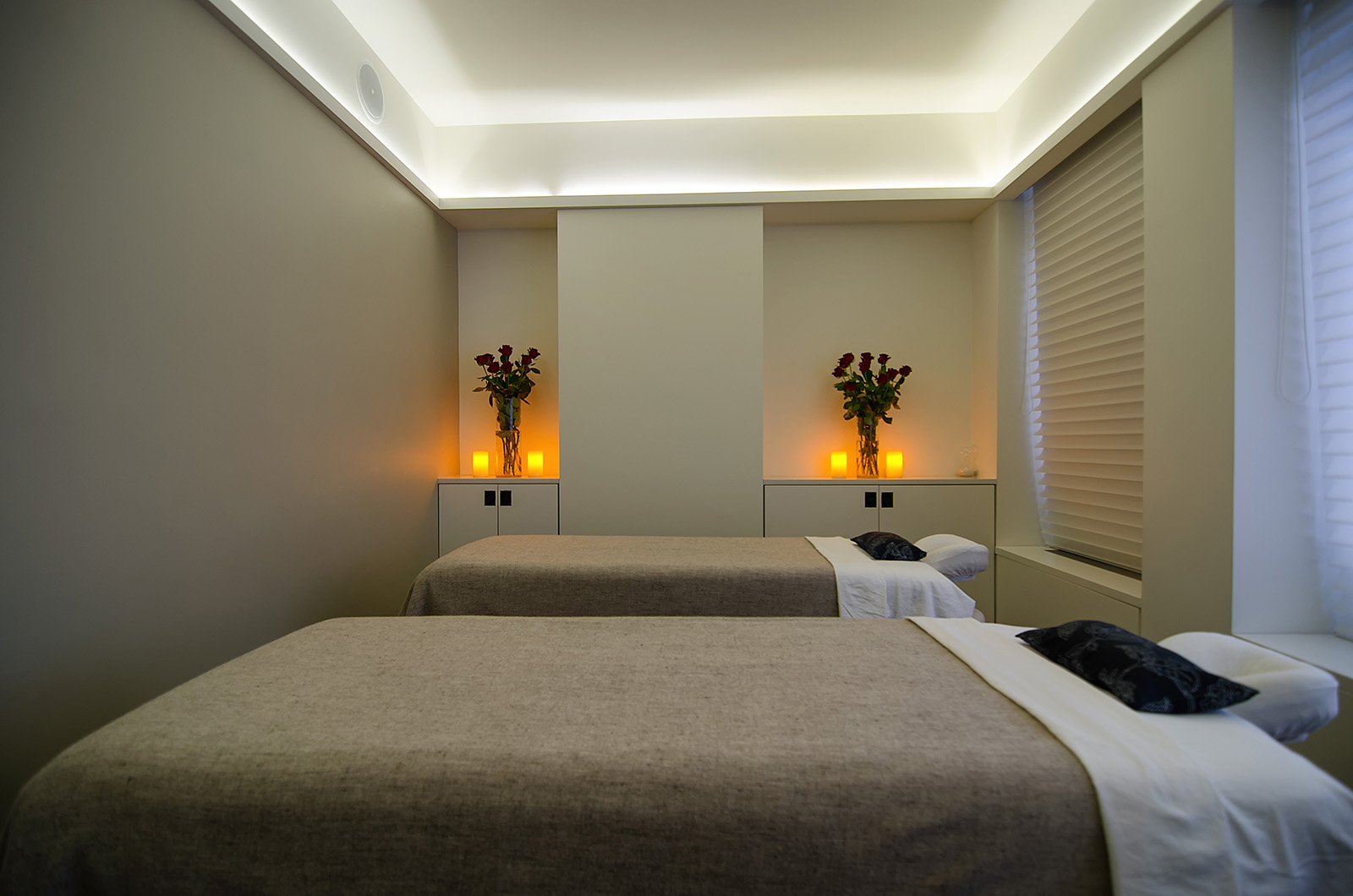
In a city that never stops, a quiet studio can feel like a secret. Japanese massage, when done well, blends precise technique with a philosophy of ease that is hard to fake. If you’re curious about how this practice translates to Manhattan’s fast lanes, you’re in for a mindful ride.
What makes Japanese massage distinct
Japanese massage emphasizes a light, flowing touch rather than brute force. Therapists use finger pads, palms, and soft pressure to release tension along subtle pathways, guiding the body toward release without jolts. The aim is to coax length, ease, and alignment from within, so the shoulders drop, the spine finds a natural curve, and breath deepens.
There’s also a big emphasis on space—quiet rooms, measured pauses, and thoughtful draping that respects comfort and modesty. Sessions often unfold like a quiet conversation between breath and movement, where the therapist listens as much as they guide. In that listening, a sense of calm can seep in before the physical work begins.
Where to find it in Manhattan
Manhattan offers a spectrum of studios, from minimalist boutiques to serene day spas, scattered across neighborhoods like Midtown, the Lower East Side, and Chelsea. Booking ahead is wise, especially during peak hours when city life bleeds into the studio’s quietude. If you’re curious about the vibe, a quick call or chat can reveal how a studio approaches heat, draping, and pacing.
When choosing a studio for the idea of japanese massage hot Manhattan, prioritize trained therapists, clear privacy policies, and transparent pricing. A short conversation about your goals, any injuries, and heat preferences can set the tone for a session that feels personalized rather than cookie-cutter.
| Neighborhood vibe | What to expect | Tip |
|---|---|---|
| Midtown West | Efficient, business-friendly studios | Ask about express or longer options |
| Lower East Side | Boutique spaces with a calm atmosphere | Inquire about heat/stone options |
| Chelsea / Meatpacking | Lux studios with attention to ambience | Check for temperature controls |
Popular modalities and what to expect
Shiatsu sits at the heart of many Japanese massage traditions. Practitioners apply finger pressure along energy lines, guiding movement in a sequence that encourages posture and balance. Expect a session that feels intentional rather than rushed, with attention paid to how pressure travels through the body rather than how hard a push can be.
Anma, a contemporary relative of shiatsu, emphasizes kneading, sliding, and friction to unlock stiffness and restore mobility. In Manhattan studios, you’ll often experience a blended approach—techniques chosen to match your body’s signals on that particular day. If heat elements are offered, they may appear as a warm towel or gentle stones to introduce comforting warmth into the rhythm of the work.
What to expect during a session
Check-in typically centers on goals, comfort, and any contraindications. You’ll be given a robe or wrap, and most studios will offer modest draping that preserves privacy while allowing access to the areas being worked. You can choose your preferred level of undress, and silence or soft music often accompanies the first few minutes of breathing and grounding.
During the massage, the therapist’s touch is deliberate and mindful, moving with your inhale and exhale to invite release rather than chase it. You’ll have opportunities to adjust pressure or tempo as you go. Afterward, many people sit up slowly, sip water, and carry the sense of warmth and openness into the rest of the day.
Tips for maximizing the experience
If you’re approaching your first session with Japanese massage in Manhattan, a clear goal helps the therapist tailor the work. You might focus on relieving neck tension, easing腰 back stiffness, or simply quieting a busy mind. The more specific you are, the more likely you’ll walk away feeling precisely addressed rather than broadly soothed.
- Arrive a few minutes early to transition from street noise to studio calm.
- Share any medical concerns, injuries, or recent surgeries before the session begins.
- Discuss pressure preferences and heat tolerance so the therapist can adapt on the fly.
- Hydrate before and after; gentle movement or a warm bath later can extend the benefits.
- Give feedback during the session if something feels off—your comfort is crucial.
In my own experience researching studios and trying a range of therapists, the best sessions arrived when both client and practitioner were finely tuned to the same tempo. A small adjustment—slower breath, lighter touch, a longer pause—can transform a routine massage into a genuinely restorative ritual.
Safety and comfort
Safety basics matter as much as technique. Reputable studios enforce hygiene standards, use clean linens, and require that therapists be properly trained or licensed. If a treatment space feels crowded, overly loud, or rushed, it’s perfectly okay to step back and recommit to your boundaries.
Pregnancy, recent injuries, or chronic conditions often need modifications. Heat therapy, if offered, should be discussed in advance to ensure it’s appropriate for you. Always check with a healthcare provider if you have concerns, and don’t hesitate to pause a session if any discomfort arises.
People who treat their sessions as a collaborative experience tend to get the most benefit. The goal isn’t a single miracle move but a sequence of small, cumulative changes—a more open chest, calmer shoulders, and a quieter mind. If you’re ready to try a mindful approach to relaxation, Manhattan’s studios offer a thoughtful doorway into that practice. And while the city roars outside, a well-balanced massage can make the inside feel a little more like home.